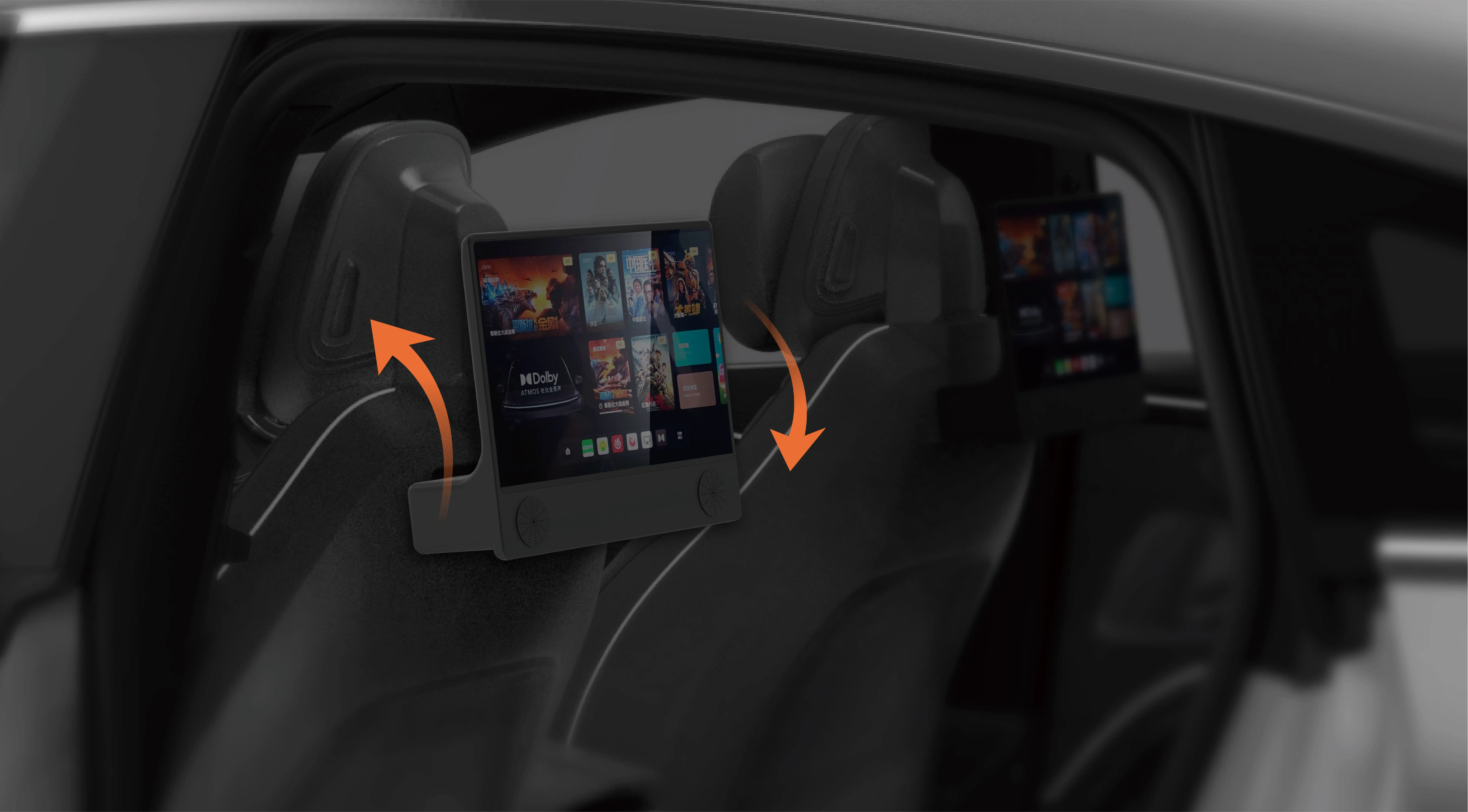Exploring Types of Servomotors for Arduino: Unlocking Precision and Performance
If you're venturing into Arduino projects, whether it's a robot arm, a drone, or an automated system, you've probably come across the term “servomotor” a thousand times. Servomotors are the backbone of precise movement and control, transforming your programming commands into accurate physical motion. But did you know that not all servos are created equal? Understanding the different types of servomotors out there will equip you with the knowledge to pick the perfect fit for your project, elevating your build from hobby craft to sophisticated system.

Why Servomotors Matter in Arduino Projects
Before diving into the different types, let's clarify why servomotors are essential in Arduino applications. Unlike simple DC motors, servos include a built-in control circuit that interprets pulse-width modulation signals (PWM) from your Arduino and translates them into precise angular positioning. This combination makes servos ideal for applications where accuracy, repeatability, and ease of control are valued.
The Broad Spectrum of Servomotor Types
Servomotors are available in a variety of forms, each designed to suit specific types of tasks. The choice depends on parameters such as torque, speed, size, precision, and power supply requirements. Broadly, they can be categorized into three major types:
Standard Servomotors Micro and Mini Servomotors Continuous Rotation Servos
Beyond this, you’ll find specialized types such as digital servos, all-metal gear servos, coreless servos, and even specialized high-torque variants. Let’s explore each in detail.
Standard Servomotors: The Versatile Workhorses
Standard servos are the most common and widely used in Arduino projects. They typically offer a range of 0° to 180°, making them perfect for applications like robotic arms, pan-tilt mechanisms, and control surfaces in RC models.
Features:
Range: Usually 0-180 degrees, but some can go beyond with modifications. Torque: Ranges from 1 to 15 kg/cm depending on size. Speed: Approximately 0.1 to 0.2 seconds per 60°. Gear Train: Usually plastic, but metal gear options are available. Power Supply: 4.8V to 6V common; some high-end models may operate at 7.4V (2S battery).
Advantages:
Ease of control through PWM signals. Compact and lightweight. Cost-effective, making them ideal for educational projects and prototypes.
Limitations:
Limited range of motion. Not suited for continuous rotation unless modified. Gear wear over time, especially with plastic gears.
Popular Models:
SG90 Micro Servo: Tiny, inexpensive, ideal for small projects. MG996R: Heavy-duty, high-torque, suitable for larger applications.
Micro and Mini Servomotors: Small but Mighty
As the name suggests, micro and mini servos are smaller versions of standard servos. They are favored in compact robotics or projects with tight space constraints.
Features:
Size: Significantly smaller, often with a weight under 20 grams. Torque: Usually below 4 kg/cm. Range: Similar 0-180°, sometimes up to 270° with special models. Power: Operate at 4.8V to 6V, similar to standard servos.
Advantages:
Very lightweight, perfect for wearable tech or tiny robots. Lower power consumption. Easier to embed into tight spaces.
Limitations:
Less torque capacity. Slightly less durable, often with plastic gears. Lower speed compared to larger counterparts.
Popular Models:
SG90 Mini Servo: Perfect for compact applications. TowerPro MG90S: Metal gear variant for increased durability.
Continuous Rotation Servos: The Rotary Conveyor
Unlike the previous servos limited to a specific angle, continuous rotation servos can spin in full circles—think of them as remote-controlled wheels with a built-in servo.
Features:
Rotation: 360° full rotation. Control: Speed and direction are controlled via PWM signals. Power: Usually 4.8V to 6V.
Advantages:
Ideal for driving wheels in robotics. Simple control over movement speed.
Limitations:
Cannot position at a fixed angle—used purely for rotational motion. Sometimes less precise, especially in cheaper models.
Usage Tips:
Utilize a standard servo library with specific modification codes or a dedicated library such as the Arduino Servo library. Always check the torque and current draw to prevent overloading your power supply.
Specialized Servos for Advanced Needs
Beyond these common types, there are specialized servomotors designed for specific applications:
Digital Servos: Offer faster response times and more precise control via digital PWM signals. High-Torque Servos: For heavy-duty robotics or automation. Coreless Servos: Contain a coreless motor, providing rapid response and high efficiency. Weatherproof and Waterproof Servos: Ideal for outdoor or aquatic applications.
Choosing the Right Servo for Your Arduino Project
Making the right choice is a balancing act involving several factors:
Torque Requirements: How much force is needed to move your load? Range of Motion: Do you need limited rotation or full 360°? Size Constraints: Will the servo fit into tight or lightweight applications? Control Precision: Is high positional accuracy necessary? Power and Voltage: Compatibility with your power source. Durability: Metal gears versus plastic gears for rugged use.
In the next section, we'll explore how to implement these servos with your Arduino platform, including wiring, coding, and tips for optimizing performance. Whether you're building a simple robot or an advanced automation system, understanding these types ensures you pick the perfect servo for your needs.
Leveraging innovations in modular drive technology, Kpower integrates high-performance motors, precision reducers, and multi-protocol control systems to provide efficient and customized smart drive system solutions.




































